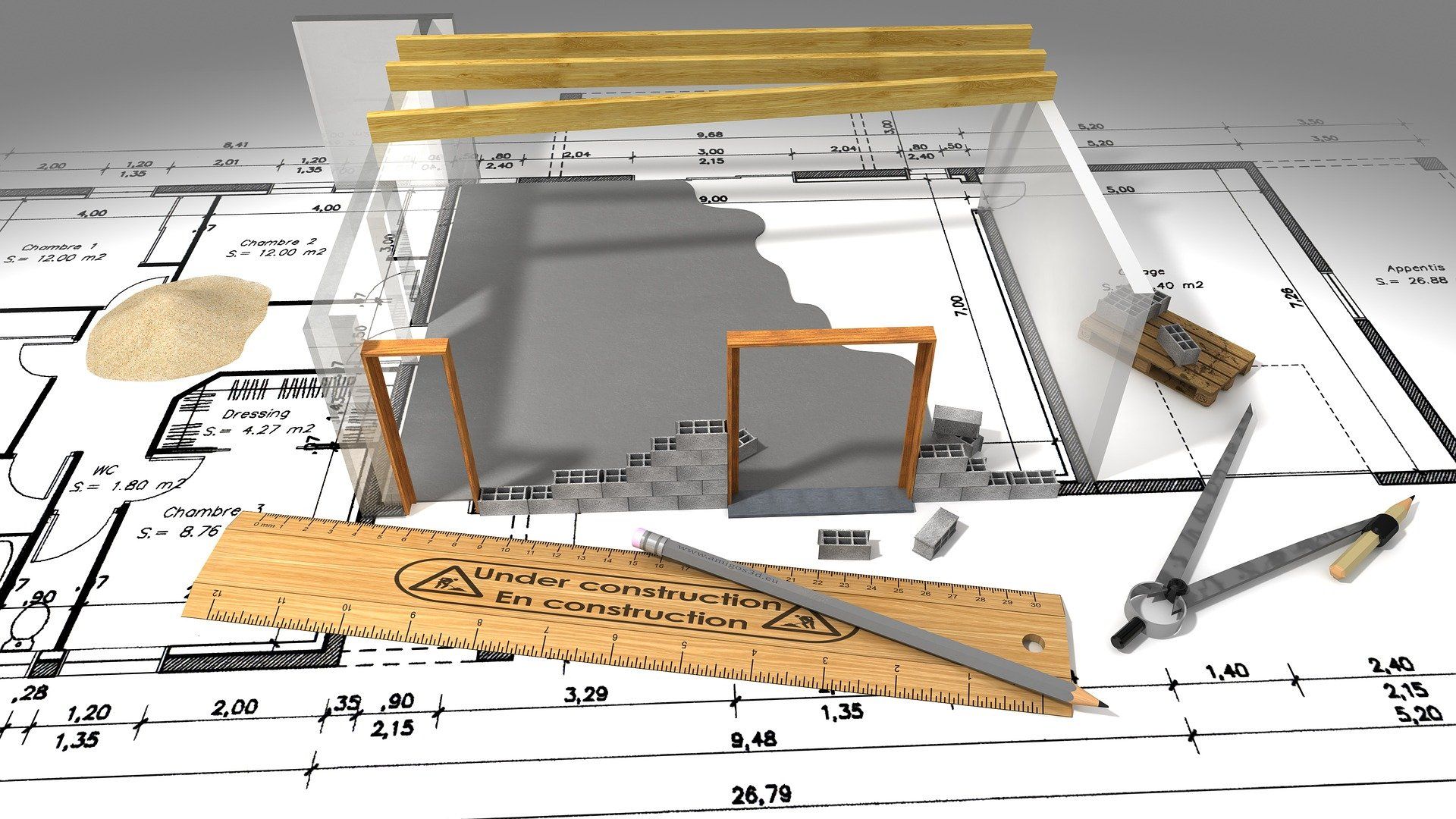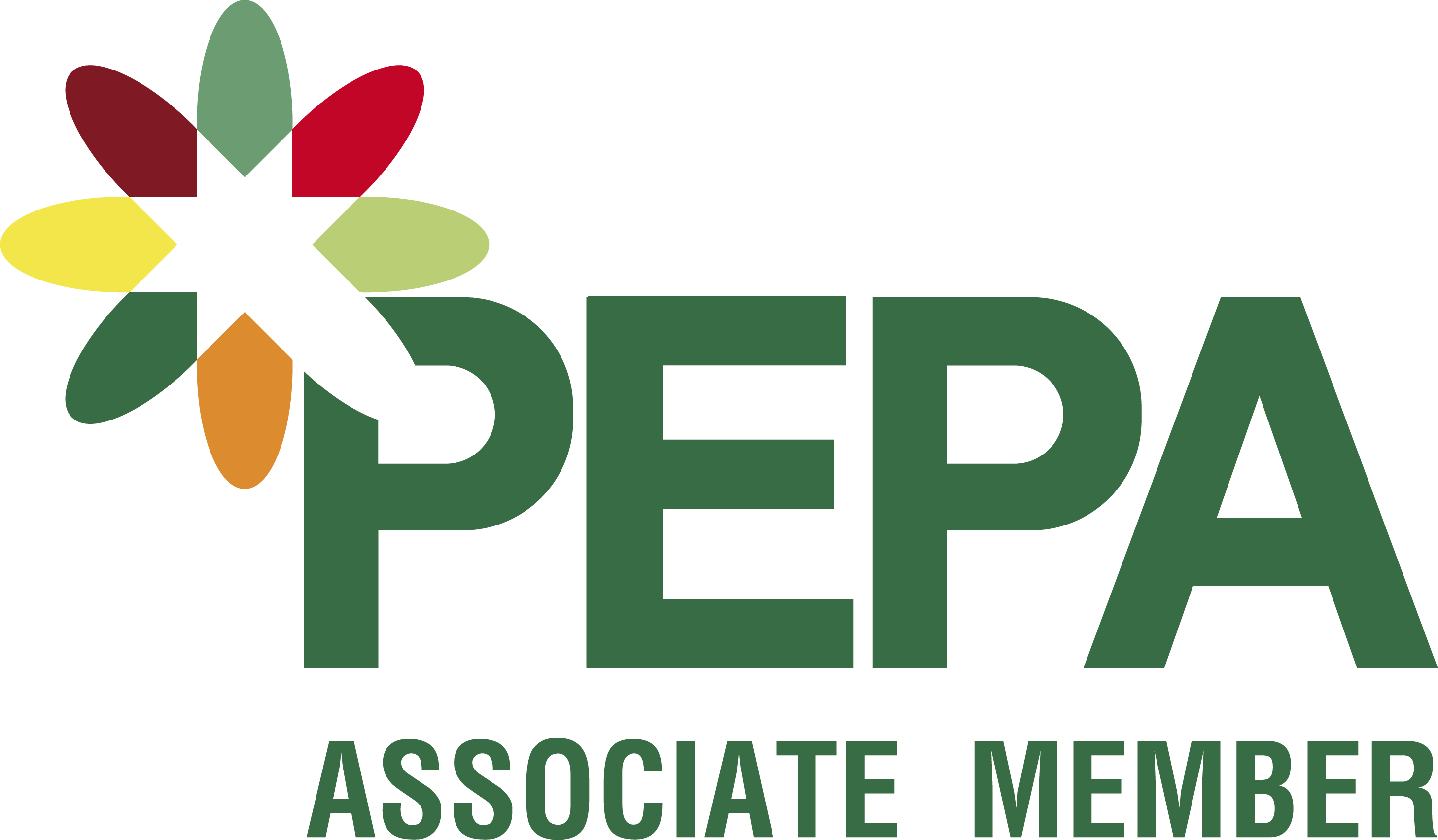Retrofit Coordination
Under PAS 2035:2019 guidance, all domestic retrofit projects should use a Retrofit Coordinator.
A Retrofit Coordinator is a person qualified as a specialist retrofit project manager, taking overall responsibility for overseeing the assessment of dwellings, the identification, specification and evaluation of energy efficiency measures for installation at a given property as a single project, and their subsequent monitoring and evaluation.
Retrofit Coordinators are required to have working knowledge of building physics (building science) appropriate to the nature and scale of the retrofit project(s) on which they work. This must be relevant to the type of the building, with emphasis on the movement of heat, moisture and air through the property.
The comfort, health and safety of occupants depends on control and management of the flows of heat, moisture and air through their homes and workplaces to maintain appropriate dynamic thermal and moisture equilibriums. The heat balance of a property is an important element of its energy efficiency. The moisture balance of a property is important to the maintenance of healthy internal conditions. Using a suitably qualified Retrofit Coordinator ensures these factors are appropriately taken into account and managed.
Retrofit projects compliant with the PAS standard are to be coordinated by a Retrofit Coordinator. Retrofit Coordinators are qualified to provide end-to-end project coordination from the inception of a retrofit project to handover and beyond. This includes undertaking basic monitoring and evaluation work to and to identify, assess and manage the technical and process risks associated with the retrofit project.
It is the role of the Retrofit Coordinator to protect both the Client’s interest and the public interest by ensuring and claiming compliance with the PAS standard.
The Retrofit Coordinator shall ensure that every retrofit project is subject to monitoring and evaluation to determine whether the intended outcomes of the retrofit project have been realised. Any project-specific or systematic problems with the retrofit risk assessment, the initial assessment, the retrofit design, the installation of energy efficiency measures or the testing, commissioning or handover will be identified.

The Retrofit Coordinator is there to ensure the plan is appropriate and the work is carried out in accordance with the plan.
The Retrofit Coordinator and the Client should agree and record the intended outcomes of the project at the outset. These intended outcomes should take into account the initial condition of the building(s) and be expressed in terms of one or more of the following:
- reductions in energy use
- reductions in energy costs and/or alleviation of fuel poverty
- reductions in emissions associated with energy use
- improvement in internal comfort
- improvement of indoor air quality
- elimination of condensation, damp and mould
- reducing the risk of overheating
- improvement in energy rating (e.g. SAP or SBEM)
- meeting a performance standard (e.g. NZEB or Passive House EnerPHit)
- improving the usefulness or sustainability of the building
- protecting the building against decay or deterioration
- improving resistance to water penetration and resilience against flood risk
- protection or enhancement of architectural heritage
- integration of energy efficiency measures with other improvements such as extensions, loft conversions or general refurbishment
- any other issues that might be considered relevant
Use the Find A Member button at the top of the page to locate your nearest Proficiency member qualified as a Retrofit Coordinator.

